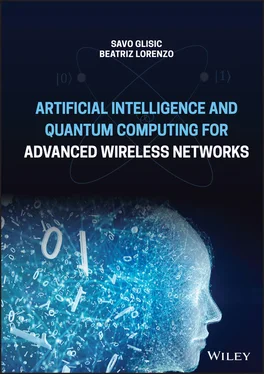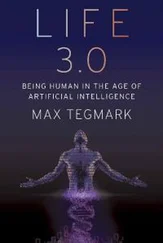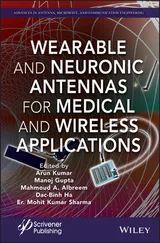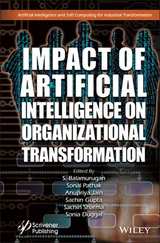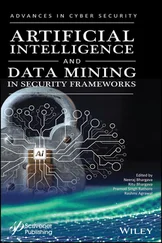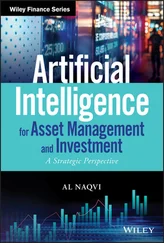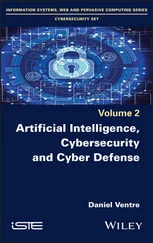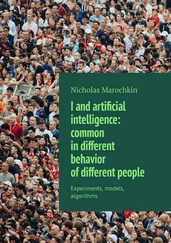646 650
647 651
648 652
649 653
650 654
651 655
652 656
653 657
654 658
655 659
656 660
657 661
658 662
659 663
660 664
661 665
662 666
663 667
664 668
665 669
666 670
667 671
668 672
669 673
670 674
671 675
672 676
673 677
674 678
675 679
676 680
677 681
678 682
679 683
680 684
681 685
682 686
683 687
684 688
685 689
686 690
687 691
688 692
689 693
690 694
691 695
692 696
693 697
694 698
695 699
696 700
697 701
698 702
699 703
700 704
701 705
702 706
703 707
704 708
705 709
706 710
707 711
708 712
709 713
710 714
711 715
712 716
713 717
714 718
715 719
716 720
717 721
718 722
719 723
720 724
721 725
722 726
723 727
724 728
725 729
726 730
727 731
728 733
729 734
730 735
731 736
732 737
733 738
734 739
735 740
736 741
737 742
738 743
739 744
740 745
741 746
742 747
743 748
744 749
745 750
746 751
747 752
748 753
749 754
750 755
751 756
752 757
753 758
754 759
755 760
756 761
757 762
758 763
759 764
760 765
761 766
762 767
763 768
764 769
765 770
766 771
767 772
768 773
769 774
770 775
771 776
772 777
773 778
774 779
775 780
776 781
777 782
778 783
779 784
780 785
781 786
782 787
783 788
784 789
785 790
786 791
787 792
788 793
789 794
790 795
791 796
792 797
793 798
794 799
795 800
796 801
797 802
798 803
799 804
800 805
801 806
802 807
803 808
804 809
805 810
806 811
807 812
808 813
809 814
810 815
811 816
812 817
813 818
814 819
815 821
816 822
817 823
818 824
819 825
820 826
821 827
822 828
823 829
824 830
825 831
826 832
827 833
828 834
829 835
830 836
831 837
832 838
833 839
834 840
835 841
836 842
837 843
838 844
839 845
840 846
841 847
842 848
843 849
844 850
845 851
Artificial Intelligence and Quantum Computing for Advanced Wireless Networks
Savo G. Glisic
Worcester Polytechnic Institute, Massachusetts, USA
Beatriz Lorenzo
University of Massachusetts, Amherst, USA

This edition first published 2022 © 2022 John Wiley & Sons Ltd
All rights reserved. No part of this publication may be reproduced, stored in a retrieval system, or transmitted, in any form or by any means, electronic, mechanical, photocopying, recording or otherwise, except as permitted by law. Advice on how to obtain permission to reuse material from this title is available at http://www.wiley.com/go/permissions.
The right of Savo G. Glisic and Beatriz Lorenzo to be identified as the authors of this work has been asserted in accordance with law.
Registered Offices John Wiley & Sons, Inc., 111 River Street, Hoboken, NJ 07030, USA John Wiley & Sons Ltd, The Atrium, Southern Gate, Chichester, West Sussex, PO19 8SQ, UK
Editorial Office The Atrium, Southern Gate, Chichester, West Sussex, PO19 8SQ, UK
For details of our global editorial offices, customer services, and more information about Wiley products visit us at www.wiley.com.
Wiley also publishes its books in a variety of electronic formats and by print‐on‐demand. Some content that appears in standard print versions of this book may not be available in other formats.
Limit of Liability/Disclaimer of Warranty While the publisher and authors have used their best efforts in preparing this work, they make no representations or warranties with respect to the accuracy or completeness of the contents of this work and specifically disclaim all warranties, including without limitation any implied warranties of merchantability or fitness for a particular purpose. No warranty may be created or extended by sales representatives, written sales materials or promotional statements for this work. The fact that an organization, website, or product is referred to in this work as a citation and/or potential source of further information does not mean that the publisher and authors endorse the information or services the organization, website, or product may provide or recommendations it may make. This work is sold with the understanding that the publisher is not engaged in rendering professional services. The advice and strategies contained herein may not be suitable for your situation. You should consult with a specialist where appropriate. Further, readers should be aware that websites listed in this work may have changed or disappeared between when this work was written and when it is read. Neither the publisher nor authors shall be liable for any loss of profit or any other commercial damages, including but not limited to special, incidental, consequential, or other damages.
Library of Congress Cataloging‐in‐Publication Data Applied for:
HB ISBN: 9781119790297
Cover Design: Wiley
Cover Image: © AF-studio/Getty Images; Courtesy of Savo Glisic; © Yuichiro Chino/Moment/Getty Images
At this stage, it is anticipated that 6G wireless networks will be based on massive use of machine learning (ML) and artificial intelligence (AI), while 7G will already include hybrids of classical and quantum computing (QC) technologies. In anticipation of this evolution‚ we have structured the book to continuously move, through a series of chapters, from the presentation of ML algorithms to the final chapter covering the principles of quantum internet. In this process, we also provide chapters covering the complex relationship between the two technologies, on topics such as quantum ML, quantum game theory, and quantum decision theory. The focus of the book is not on the problem how to construct a quantum computer but rather how QC technology enables new paradigms in the modeling, analysis, and design of communication networks, what is nowadays referred to as QC‐enabled communications. These new paradigms benefit from the significant computation speedup enabled by the computing parallelism of quantum computers and the new quantum search algorithms developed so far for big data processing. Quantum cryptography and quantum key distribution (QKD) enable new solutions to the problem of security in advanced networks.
This book is also designed to facilitate a new concept in education in this field. Instead of the classical approach of providing a list of problems at the end of a chapter, we introduce a series of design examples throughout the book that require teamwork by a group of students for solving complex design problems, including reproduction of the results presented in the book. This approach turned out to be rather popular with our students at University of Massachusetts at Amherst. We hope that the book provides useful material for not only students but also for researchers, educators, and regulatory professionals in this field.
Читать дальше
